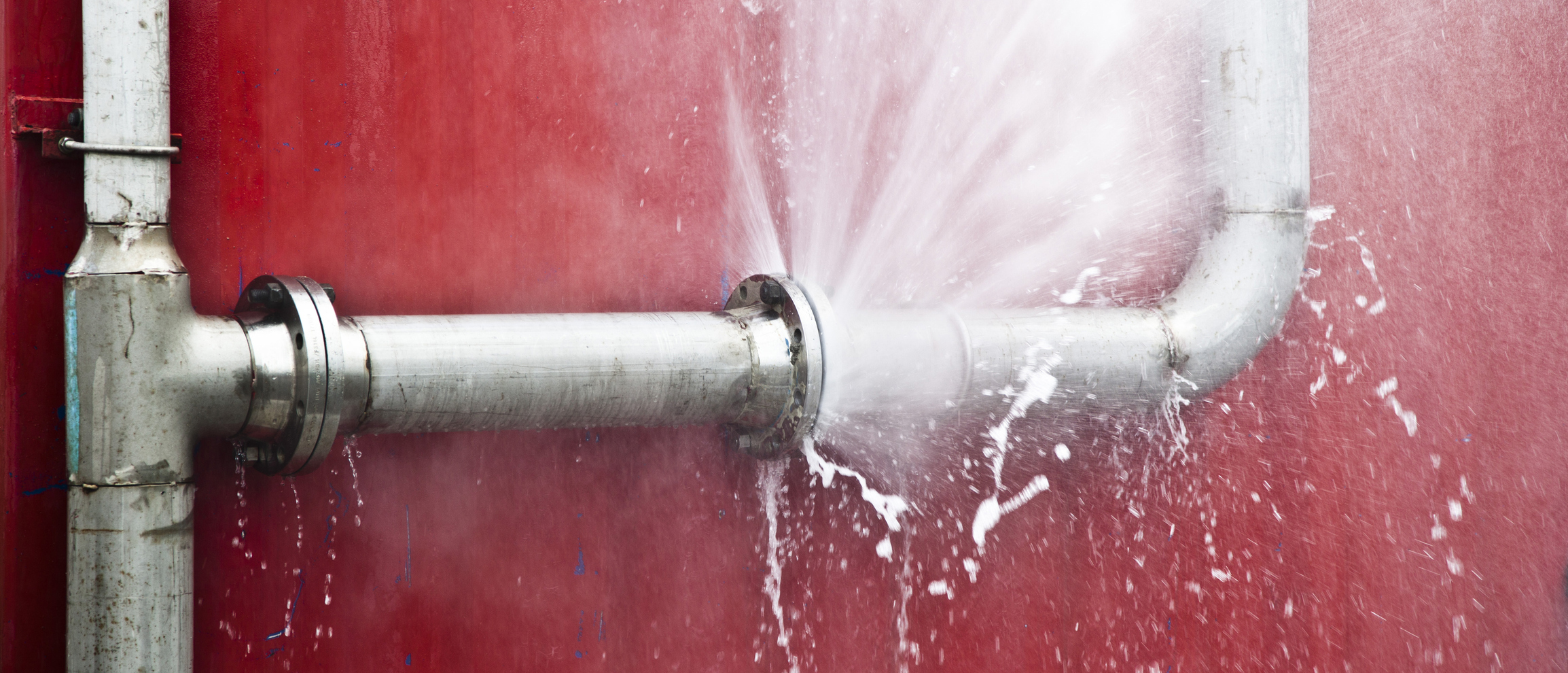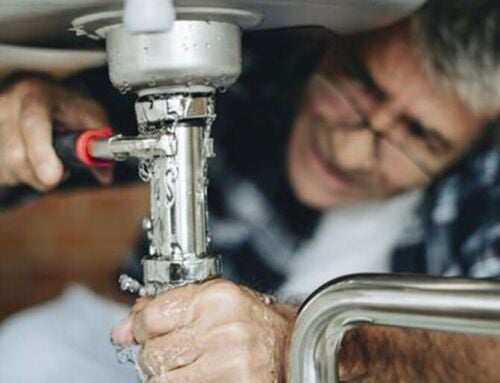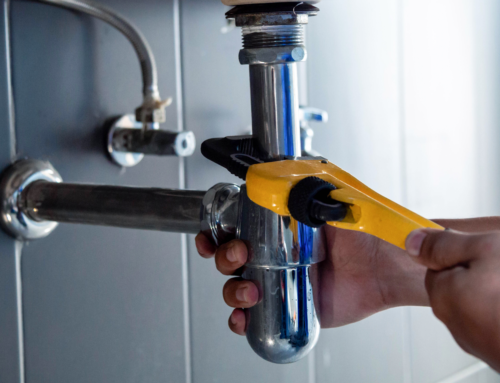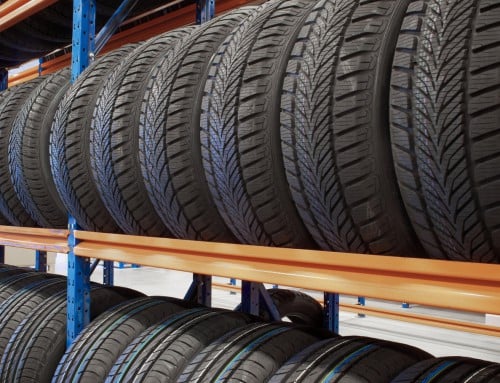If your business falls victim to a heavy rainstorm or flood, water can seriously damage your property. Unfortunately, the cost of fixing water damage can be very expensive. But there are some preventative measures you can take to help protect your business property from heavy rain and flooding.
Water damage prevention techniques
Do your due diligence
It’s important that you take the time to do your research on flooding in your area. Your municipality’s website might have information on flood and sewer back-up prevention programs.
Sewer back-up prevention
- Disconnect weeping tiles and install a backwater valve and sump pump
- Make sure there’s a secondary energy source (battery or generator) for your sump pump in case of a power failure
- Detach the foundation drain from the sanitary sewer
- Disconnect the eaves troughs and foundation drains from the sewer system
Waterproof buildings and structures
- Regularly inspect your roof and eaves troughs to make sure that:
- They don’t leak and aren’t blocked by leaves or other debris
- Downspouts extend an adequate distance from your commercial property
- There aren’t any water stain marks, cracks, or other penetrations
- Seals are intact around HVAC systems
- The flashing around skylights, chimneys, or other rooftop elements are in good condition
- Any roof electric fixtures like satellites, wiring, and solar panels are waterproof and in good working condition
- Regularly inspect walls and windows to make sure that:
- The flashing and sealant of the walls are stable
- There’s no sign of water penetration or mould at major wall joints, windows, doors, or other entrances
- Window joints and flashings are stable
- Weep holes aren’t clogged
- Window glass is sealed properly
- All locks, cranks, and other mechanical elements are functioning correctly
- Interior walls around windows are free of mould and water
- There’s no water or moisture build-up where walls meet the ground (flaking concrete is a sign of this)
- Check basements:
- For mould, water staining, and cracks on walls
- To make sure that all drainage systems are working properly
- To ensure that there is no carpet, as it retains water and make’s it harder to clean up in the event of flooding.
- Plumbing:
- Inspect all plumbing systems regularly
- Repair any leaking fixtures or joints
- Make sure irrigation systems aren’t spraying water on foundation walls
- Exterior of your building:
- Ensure that all fixtures attached to the exterior of your business property are waterproofed
- Drain any standing water
- Increase the number of green plants and shrubs around your property to help absorb rainwater and melted snow
- Interior of your building:
- Inventory should be kept off the ground, and in water and air proof containers wherever possible
- Dispose of cooking oil and grease in your green bin and not down the drain, which can block your drainage system
- Avoid flushing items down the toilet that can block your sanitary pipe, such as non-biodegradable products
- Regularly inspect basements or other flood-prone areas
Ensure you’re covered
Despite your best efforts and preparation, you could still fall victim to a flood, and as a result, water damages. That’s why it’s important to invest in comprehensive coverage to ensure that your business is protected. Learn more by visiting our Business Insurance page today!
This blog is provided for information only and is not a substitute for professional advice. We make no representations or warranties regarding the accuracy or completeness of the information and will not be responsible for any loss arising out of reliance on the information.






